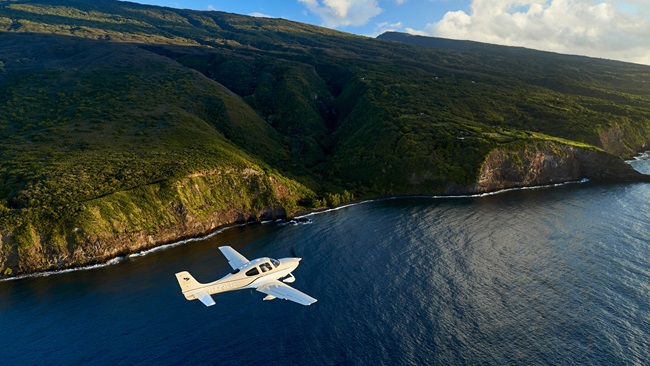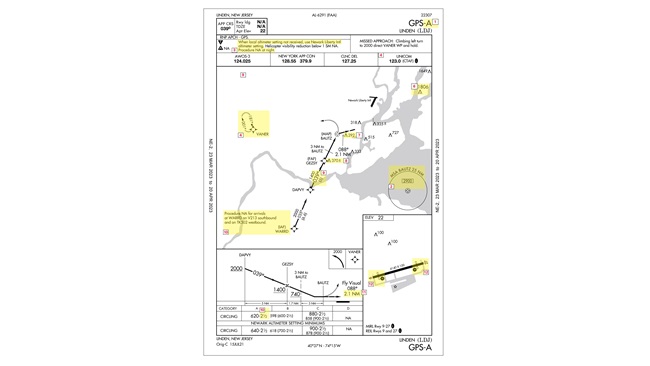A new restricted airspace area in Virginia will become effective before the next cycle of Washington sectionals are issued, putting pilots at risk of penetrating restricted areas, which could compromise safety. In June 2012, the FAA proposed to modify a restricted area situated between the Richmond, Va., and Washington, D.C., metropolitan area airspace and expand its times of use. Restricted Area 6601 currently extends from the surface to 5,000 feet msl and is in effect daily from 7 a.m. to 11 p.m. local and by notam at least 48 hours in advance at other times.
The agency published a final rule for the expansion of the vertical limits of R-6601. The modified airspace would extend from the surface up to 9,000 feet msl and consists of three subareas designated R-6601A, R-6601B, and R-6601C. The new R-6601A has the same lateral boundary as the current R-6601. The ceiling of R-6601A is lowered from 5,000 feet msl to 4,500 feet msl. R-6601B extends from 4,500 feet msl to but not including 7,500 feet msl; and R-6601C extends from 7,500 feet msl to 9,000 feet msl. The times of designation also will be increased by three hours daily.
“AOPA has formally urged the FAA on several occasions to align airspace actions with VFR charting cycles to ensure that accurate airspace depictions are made readily available to the flying public,” said Melissa McCaffrey, AOPA senior government analyst of air traffic services. “This example illustrates one of several airspace actions this year where there is a significant gap where information is not easily available to VFR pilots who bear an incredible safety risk.”
The expansion of the vertical limits of R-6601 is another example of a VFR charting cycle not syncing with an airspace action. “Our members are bearing the burden of penetrating new restricted airspace established to confine or segregate activities considered hazardous to non-participating aircraft,” said McCaffrey. “Members who transit the Fort AP Hill area need to be aware of the new SUA areas and that these areas will not be on their VFR charts until July 25.”
AOPA reached out to local pilots and submitted comments to the FAA in July 2012. “We will coordinate locally with pilots to get this important message out to the flying public, as this is a serious safety of flight issue,” said McCaffrey. “AOPA will also be urging the FAA to issue a Safety Alert to further disseminate this information.”


